The Pursuit of Power
Technology, Armed Force, and Society since A.D. 1000
William H. McNeil
The University of Chicago Press
The University of Chicago Press, Chicago 60637
Basil Blackwell Publisher Limited
1982 by William H. McNeill
All rights reserved. Published 1982
Paperback edition 1984
Printed in the United States of America
19 18 17 16 15 14 13 12 13 14 15 16 17
ISBN-13: 978-0-226-16019-1 (e-book)
ISBN-10: 0-226-56158-5
ISBN-13: 978-0-226-56158-5
Library of Congress Cataloging in Publication Data
McNeill, William Hardy, 1917
The pursuit of power.
Includes index.
1. Military art and scienceHistory. 2. Military history, Medieval. 3. Military history, Modern. 4. World politics. I. Title
U37.M38 355.0209 81-24095
AACR2
ISBN 0-226-56158-5 (paper)
 The paper used in this publication meets the minimum requirements of the Amerian National Standard for Information SciencesPermanence of Paper for Printed Library Materials, ANSI Z39.48-1992.
The paper used in this publication meets the minimum requirements of the Amerian National Standard for Information SciencesPermanence of Paper for Printed Library Materials, ANSI Z39.48-1992.
Preface
The Pursuit of Power is meant to be a twin to my earlier book, Plagues and Peoples. The latter sought to discern major landmarks in the interaction of human populations and microparasites, paying special attention to the relatively abrupt niche changes that organisms undergo from time to time when some new mutation or penetration of a new geographical environment allows them to escape briefly from older ecological limits. This book undertakes a similar inquiry into changes in patterns of macroparasitism among human kind. Disease germs are the most important microparasites humans have to deal with. Our only significant macroparasites are other men who, by specializing in violence, are able to secure a living without themselves producing the food and other commodities they consume. Hence a study of macroparasitism among human populations turns into a study of the organization of armed force with special attention to changes in the kinds of equipment warriors used. Alterations in armaments resemble genetic mutations of microorganisms in the sense that they may, from time to time, open new geographic zones for exploitation, or break down older limits upon the exercise of force within the host society itself.
Nevertheless, I have refrained from using the language of epidemiology and ecology in describing changes in the way armed force has been organized among human beings, partly because it involves a metaphorical extension of the strict meaning of the term macroparasitism, and partly because symbiotic relationships between efficient armed forces and the society supporting them commonly exceeded the parasitic drain on local resources required for their maintenance. Microparasitic symbiosis is also important in disease ecology. Indeed I argue in Plagues and Peoples that civilized, that is, disease-experienced, populations had a lethal advantage over isolated communities whenever some new contact exposed the inexperienced population to unfamiliar infections. A well-equipped and organized armed force, making contact with a society not equally well organized for war, acts in much the same way as the germs of a disease-experienced society do. The weaker community, in such an encounter, may suffer heavy loss of life in combat. More often it suffers its principal losses from exposure to economic and epidemiological invasions that are made possible by the military superiority of the stronger people. But whatever the exact combination of factors, a society unable to protect itself by force from foreign molestation loses its autonomy and may lose its corporate identity as well.
A profound ambivalence inheres in warfare and organized human violence. On the one hand, sociality achieves its highest expression in acts of heroism, self-sacrifice, and prowess. The bonds of solidarity among warriors are fierce and strong. Indeed, human propensities find fullest expression in having an enemy to hate, fear, and destroy and fellow-fighters with whom to share the risks and triumphs of violent action. Our remote hunting ancestors banded together to lead such a life, though their foes were animals more often than other men. But old psychic aptitudes remain near the surface of our consciousness still, and fit men for war in far-reaching ways.
On the other hand, organized and deliberate destruction of life and property is profoundly repugnant to contemporary consciousness, especially in view of the quantum jump in human capacity to kill impersonally and at a distance that has occurred since 1945. The technology of modern war, indeed, excludes almost all the elements of muscular heroism and simple brute ferocity that once found expression in hand-to-hand combat. The industrialization of war, scarcely more than a century old, has erased the old realities of soldiering without altering ancient, inherited psychic aptitudes for the collective exercise of force. This constitutes a dangerous instability. How armed forces, weapons technology, and human society at large can continue to coexist is, indeed, a capital question of our age.
Examining the pursuit of power in former times, and analyzing changes in older balances between technology, armed force, and society will not solve contemporary dilemmas. It may, nonetheless, provide perspective and, as is the wont of historical awareness, make simple solutions and radical despair both seem less compelling. Muddling through in the face of imminent disaster was the fate of all past generations. Perhaps we will do the same, and others after us. More over, since we must still make decisions every day, it probably helps to know a little more about how we got into our present awesome dilemma.
The Pursuit of Power attests to a modest faith in the utility of such knowledge, which may, conceivably, provide a ground for wiser action. Even if that turns out to be false, there remains the pale, cerebral, but nonetheless real delight of knowing something about how things were different once and then swiftly got to be the way they are.
This book, almost two decades in the making, was stimulated, initially, by a reviewer of The Rise of the West who remarked that I had unaccountably lost track of the interaction between military technology and political patterns when dealing with modern times after highlighting this relationship in earlier ages. The Pursuit of Power is thus a belated footnote to The Rise of the West.
Across the years, my thinking about technology, armed force, and society profited enormously from the patience of successive generations of students at the University of Chicago who let me test my ideas in class, and responded with a tonic mix of interest, enthusiasm, skepticism, and incomprehension. I also owe a great deal to Ph.D. dissertations written at the University of Chicago by Barton C. Hacker, Walter McDougall, Stephen Roberts, Howard Rosen, and Jon Sumida, each of whom taught me things I would not otherwise know and, by looking over what I wrote here, helped me avoid mistakes.
The manuscript has also been read, in whole or in part, by colleagues at Chicago, John Boyer, Ping-ti Ho, Halil Inalcik, and Emmet Larkin. In addition, Michael Howard and Hartmut Poggo von Strandmann of Oxford, Paul Kennedy of East Anglia, John Guilmartin of the United States Air Force, and Dennis Showalter of Colorado College have generously given me the benefit of their expertise. I owe a further special debt to three graduate students of Chinese history, Hugh Scogin and James Lee of Chicago and Steven Sagi of Hawaii, each of whom took an interest in my researches for and helped to pilot me through the intricacies of Chinese historiography. Robin Yates of Cambridge also generously gave time to improving that chapter.
Next page
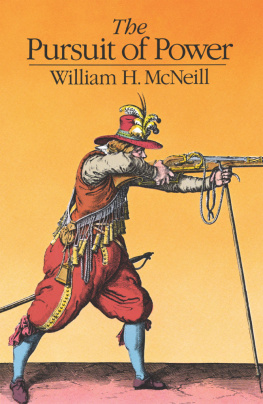

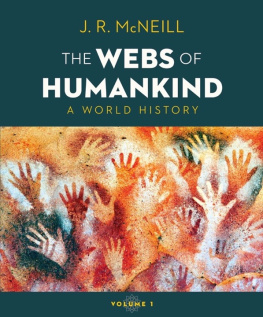

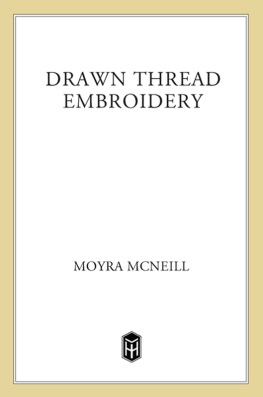


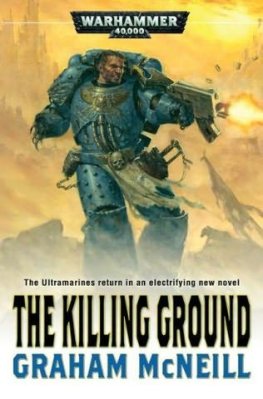


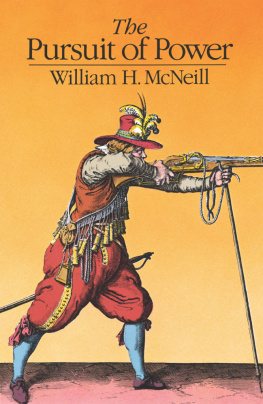
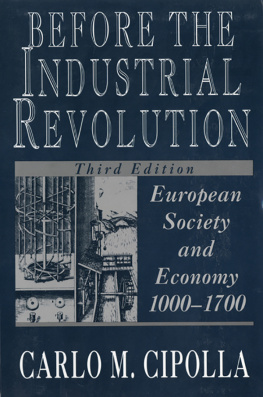
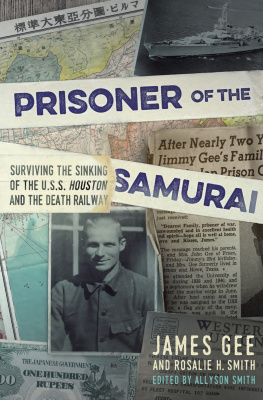

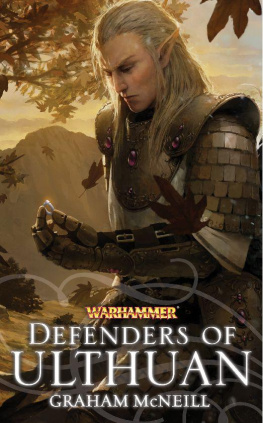

 The paper used in this publication meets the minimum requirements of the Amerian National Standard for Information SciencesPermanence of Paper for Printed Library Materials, ANSI Z39.48-1992.
The paper used in this publication meets the minimum requirements of the Amerian National Standard for Information SciencesPermanence of Paper for Printed Library Materials, ANSI Z39.48-1992.